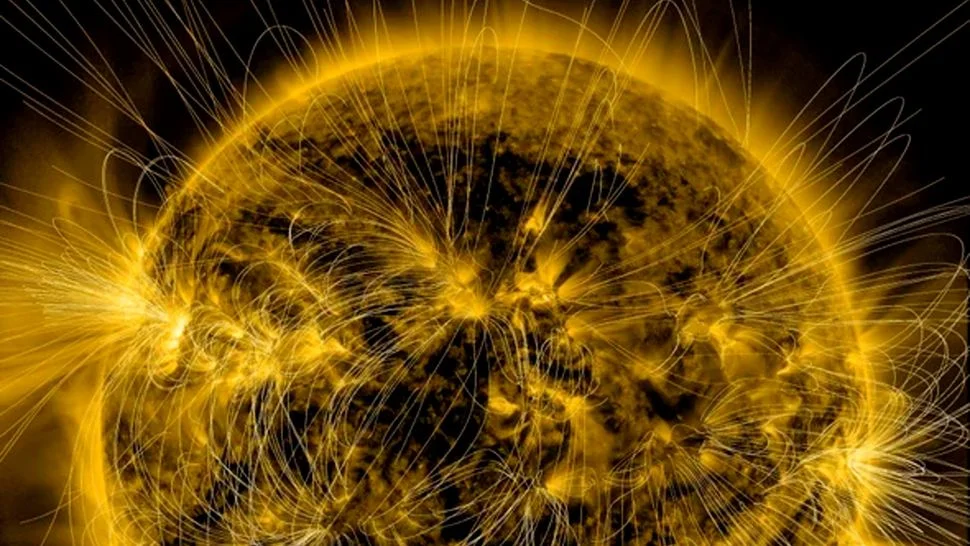NASA’s CubeSat Radio Interferometry Experiment, or CURIE, successfully launched on July 9, 2024, to investigate the unexplained origin of radio waves from the Sun.
Scientists first noticed these radio waves decades ago, and over the years they determined that the radio waves were caused by solar flares and giant explosions on the Sun called coronal mass ejections, or CMEs, which are a major factor in space weather that can affect communications satellites and technology on Earth. But no one knows where the radio waves in CMEs originate.
Technological innovations in space
The CURIE mission aims to improve our understanding by using a technique never before used in space, called low-frequency radio interferometry. The technique relies on two independent CURIE spacecraft (together no larger than a shoebox) orbiting Earth about two miles apart. This separation allows the CURIE instruments to measure small differences in the arrival times of radio waves and pinpoint where they are coming from.
“This is a very ambitious and very exciting mission,” said researcher David Sundquist of the University of California, Berkeley. “This is the first time anyone has operated a radio interferometer in space in a controlled manner, and so it’s a pilot for radio astronomy in general.”
Mission details and launch
Designed by a team from the University of California, Berkeley, the spacecraft will measure radio waves in the range of 0.1 to 19 megahertz to determine the solar origin of the radio waves. This search can only be done from space because these wavelengths are blocked by the Earth’s upper atmosphere.
CURIE was launched on an ESA (European Space Agency) Ariane 6 rocket from the Guiana Space Centre in Kourou, French Guiana, on July 9. The rocket carried CURIE 360 miles above the Earth’s surface, where it can clearly see radio waves from the Sun.
Once in orbit, the two adjacent CURIE spacecraft will communicate with ground stations before orienting and separating. Once the segmented satellites are formed, the twin 2.8-meter antennas will deploy and begin collecting data.
CURIE is supported by NASA’s Heliophysics Flight Program for Research and Technology (H-FORT) and is the sole mission in the 43rd mission of NASA’s CubeSat Launch Initiative, ELaNa (Educational Launch of Nanosatellites). As an investigator, CURIE will demonstrate a proof of concept for space-based radio interferometry in the CubeSat form factor. CURIE will also pave the way for the upcoming Sun Radio Interferometer Space Experiment, or SunRISE. SunRISE will use six CubeSats to create a 2D map of the region where radio waves originate from the Sun.













